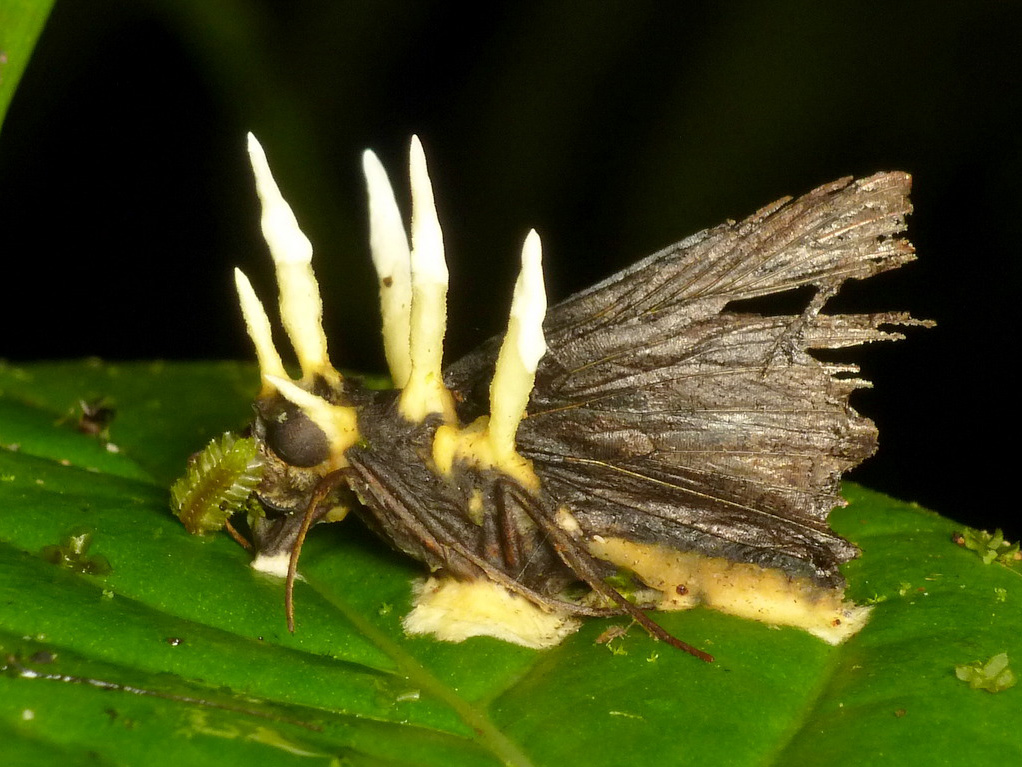

If you look closely at nature, you’ll find it’s often too bizarre to believe. Sometimes it doesn’t seem to follow physical laws, but the script of a horror flick written by an overly-imaginative kid. Zombies, abominations, body-snatchers—they’re all real. Nature is full of monsters, but that’s also why it’s awesome. In honor of Halloween, here are six horrific highlights from the animal kingdom.






